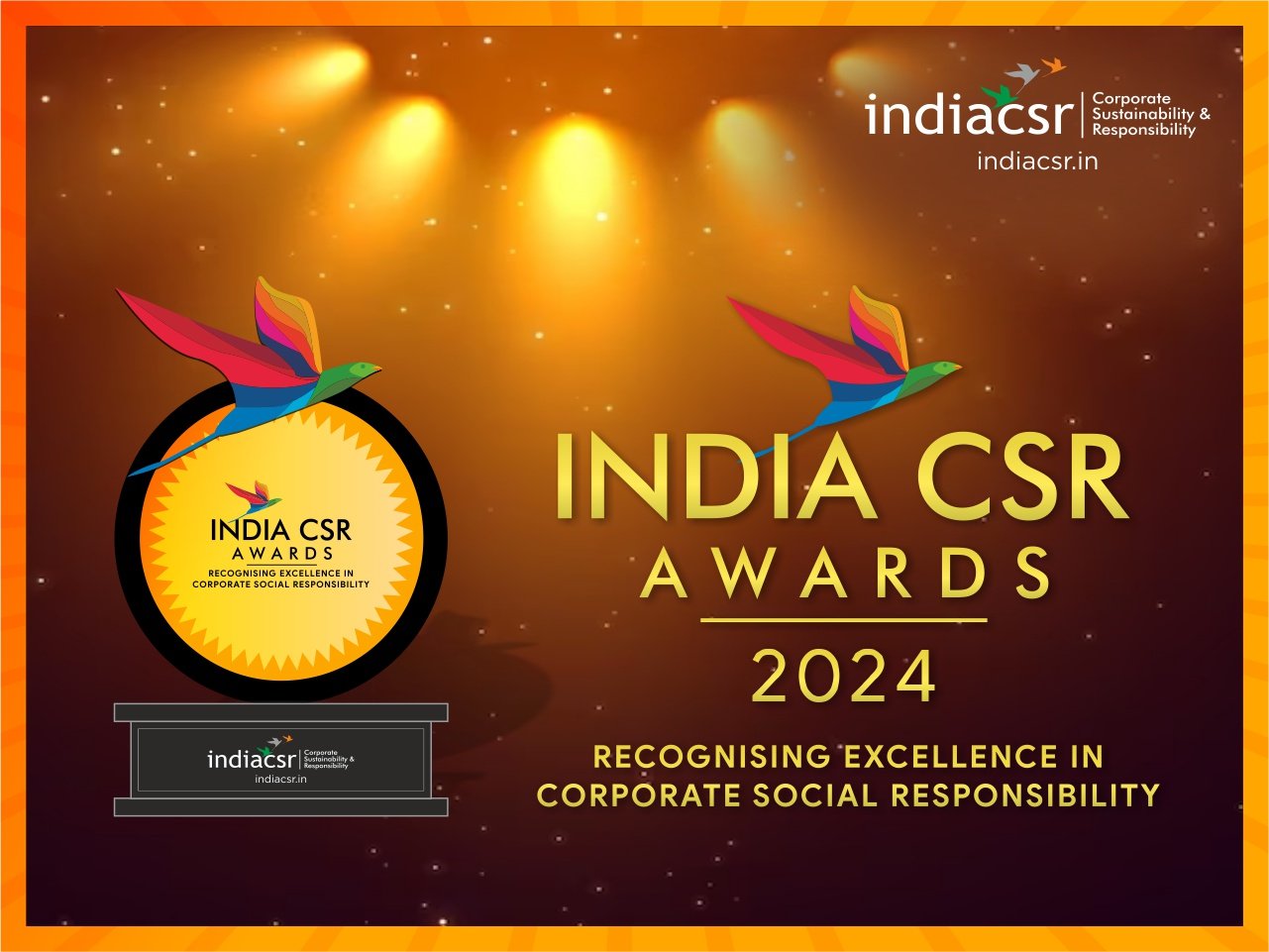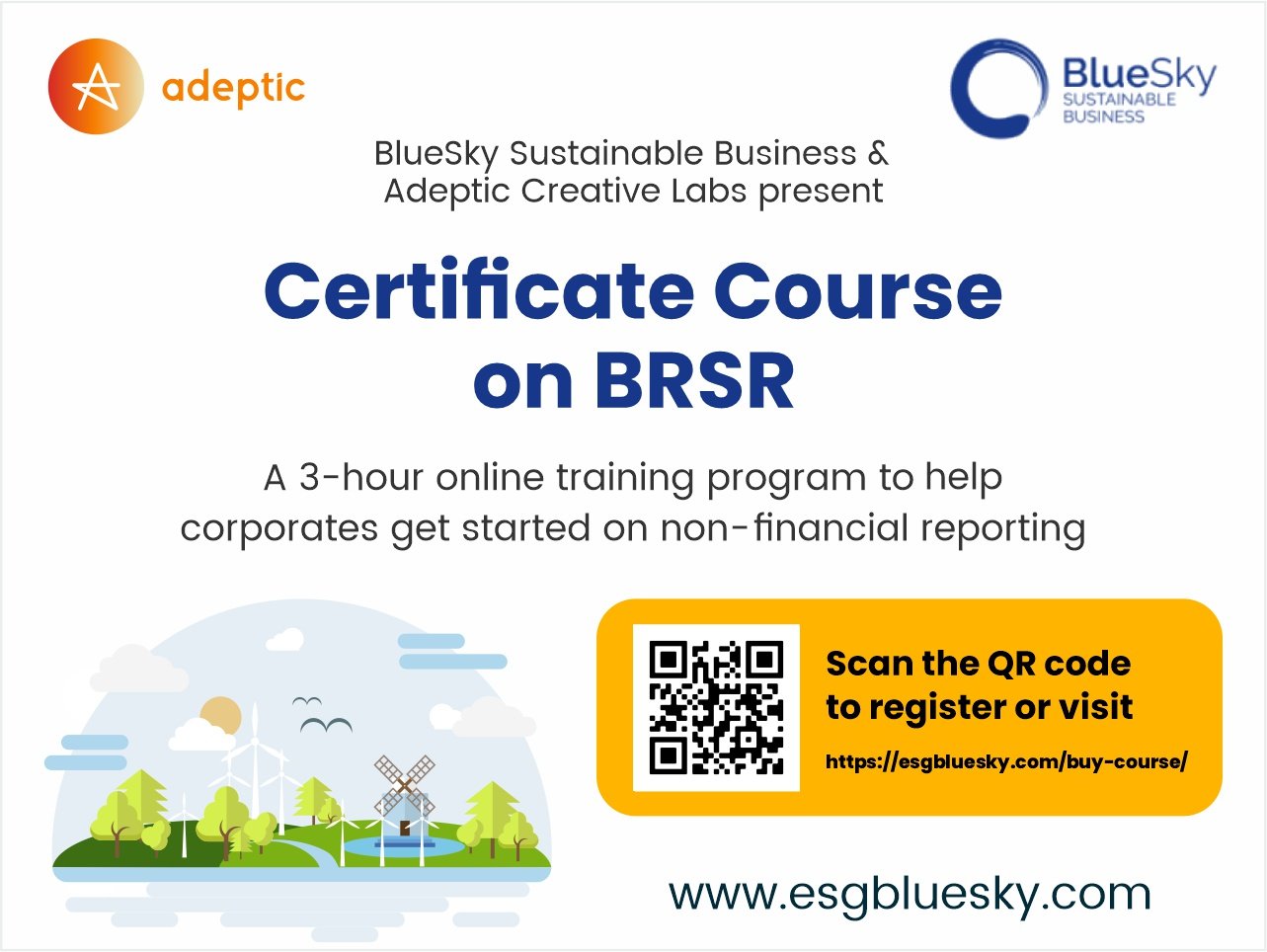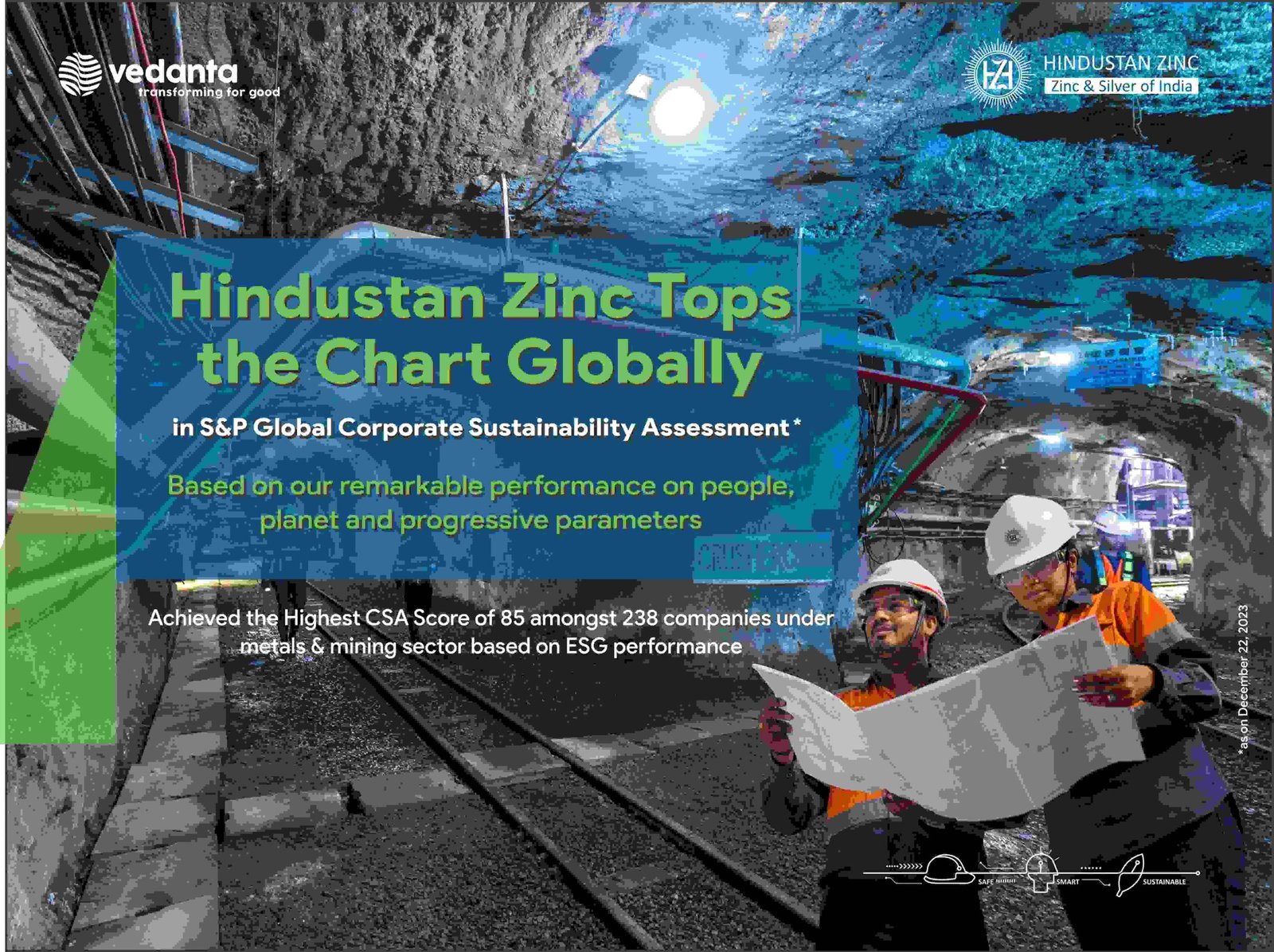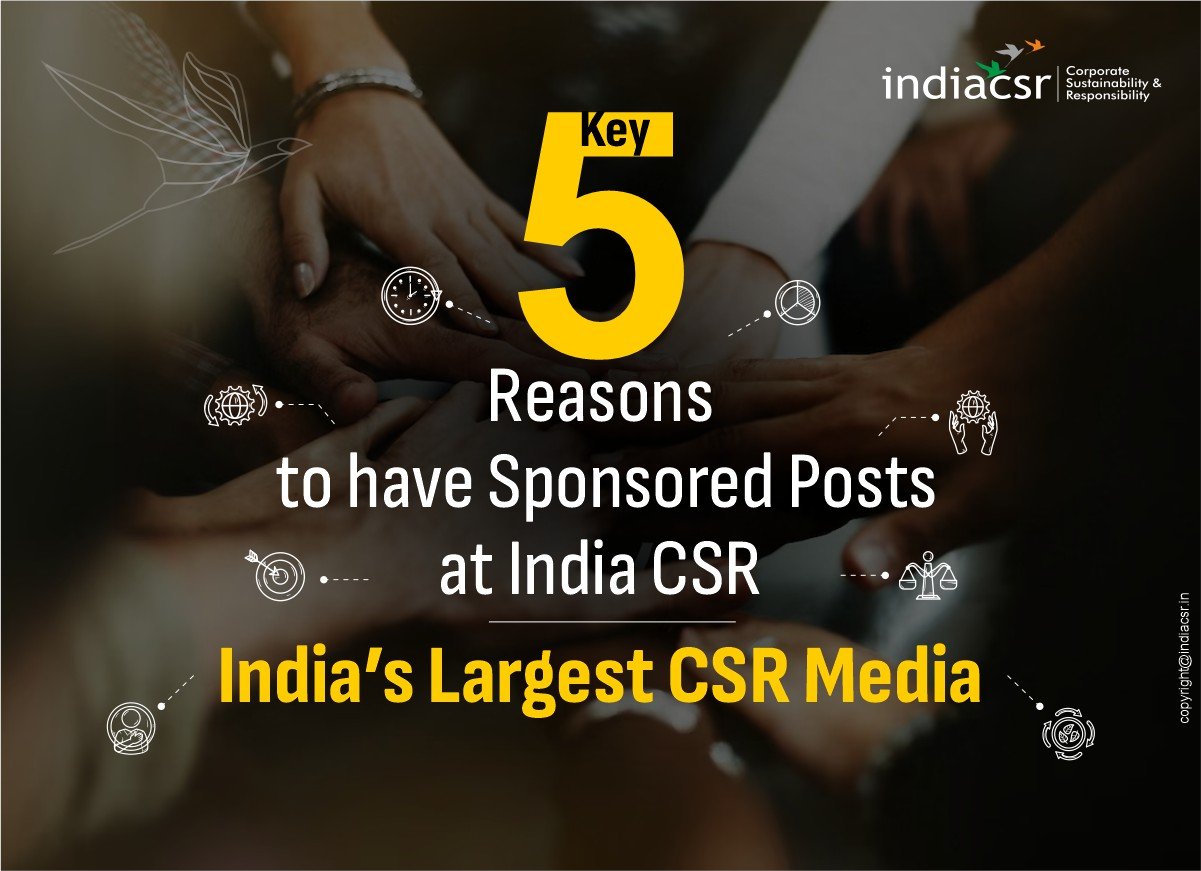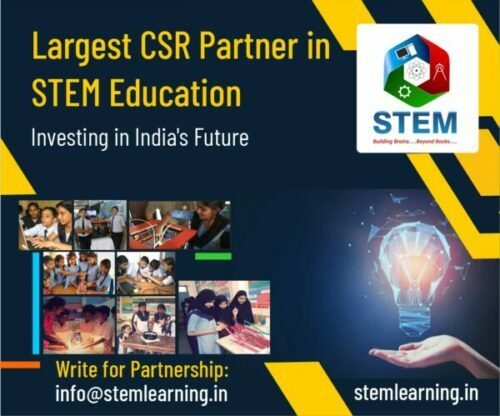Written by Pragya Soni
Education is the key to character building and socio-economic transformation. New technologies, growing economy, demographic shift are changing the socio-economic scenario of India every day. Knowledge is one of the most important factors which influence the socio-economic scene word-wide. The need is to align the education system with the changing paradigms and guide our future leaders, for their interest areas so that demographic dividend can be maximized for the growth of the country.
India, with more than 1.2 billion residents, has the second largest education system in the world (after China). The school system in India has four levels: lower primary (age 6 to 10), upper primary (11 and 12), high (13 to 15) and higher secondary (17 and 18).
Right to free and compulsory elementary education up to the age of 14 is a fundamental right of every child in India as per Right to Education Act, 2005. While the enrolment is 100% at the Primary level, around 10% of children drop out of School education before completing elementary school. The all India gross enrolment ratio at the secondary level is 78%, which means almost 22% of children in the age group (15-16 years) are not going to school at the secondary level, according to data from District Information System for Education.
Secondary Education is a crucial stage in the educational hierarchy as it prepares the students for higher education and also for the world of work. The rigor of the secondary and higher secondary stage, enables Indian students to compete successfully for education and for jobs globally. Therefore, it is absolutely essential to strengthen this stage by providing greater access and also by improving quality in a significant way.
The period after the 10th examination is considered as the most decisive as the student has to finally decide the right courses for his future career. The first and foremost question before the Children who complete the 10th exam is “What after 10th Examination? Most of the students and even parents remain baffled at this point of time.
The self-worth of students in the Indian society is mostly determined by good academic performance, and not by their qualities. In the Urban Area the kids who passed out from elite private schools enjoys lots of advantage. Yet the rigor that these opportunities demand brings extra level of stress all around for students, from home, relatives, neighborhood and friends. For few parents it becomes a status quotient to get the child’s admission in the high profile, expensive engineering and MBA Colleges without trying to understand the interest and skills of their own child. It is like flogging a horse that is not fit to compete in the race. The increasing level of stress results into rising numbers taking the extreme step of ending their lives. Increasing number of traumatic disorders has also been reported by Psychiatrists in such cases. The stress is taking a toll of parents too.
In the rural areas, the situation is even worst due to Educational failure because of limited English proficiency, poverty, race, geographic location, or economic disadvantage. The inclusion of poverty recognizes the influence of individual and family as well as school and community poverty in placing student’s career at risk. These students even not able to understand their interest and skills set for career growth.
Each student is born with a distinct set of skills and abilities and each of whom has the potential and right to excel in life. But the biggest challenge is help student become aware of the broad range of available careers that meet the evolving needs of the workplace and learn how to connect their interests and skills to an educational pathway that leads to rewarding opportunities in their career choice.
The need of career guidance has also been recognized in National Policy of Education (NPE), which states, it is necessary to have effective career guidance and counseling at the level of secondary school education.
Guidance and counseling in synchronizes with the goals of education to facilitate maximum personal development of students in all spheres of life. In its effort to meet the needs of all students, guidance and counseling makes education a meaningful and satisfying experience. Guidance and counselling not only helps students to understand their interest, personal values, skills, it also supports students to deal with their personal- social, academic and career related concerns.
Rashtriya Madhyamik Shiksha Abhiyan (RMSA) envisions equipping the State personnel with skills and competencies to facilitate educational, personal, social and career development of students. Also National Curriculum Framework (NCF, 2005) provided guidelines for facilitating healthy growth and development of students throughout all the stages of education level.
NCF advocates the teacher’s guidance approach: “Teachers with background in guidance and counselling can design and lead activities to meet the developmental needs of children, thus laying the foundation for necessary attitudes and perceptions towards self and the world of work. They can also provide needed support and guidance to children belonging to various groups and strata of society for their sustenance through the elementary school areas”
NCF states: “The courses at this level generally aim at creating an awareness of the various disciplines and introduces students to the possibilities and scope of study in them. Through such engagement, they also discover their own interests and aptitudes and begin to form ideas on what courses of study and related work they might like to pursue later. Such needs could be effectively met by Guidance and Counselling interventions of an organized nature with support of trained teachers and professional counsellors”(pg.68).
Even though Government of India took attempts over the years to establish the state level guidance and counseling cells in many states but as per the 2012 updates shows that the guidance and counseling cells/bureaus are either not established or are performing a limited role. This highlights the need to explore the possibilities to strengthen the cells/bureaus existing in a different way.
Maharashtra has always been at the forefront of evolving new paradigms, which involve new thought processes. “Kalchachni” is one of such initiative started first time ever in India by any State Government. “Kalchachni” is a Marathi word which means “Inclination Test”.
In Maharashtra there are around 22 thousand schools all together and in those schools 65 lakh students are studying. 2.5 Lakh teachers have also been designated in those schools. Whereas the number of counselors recruited for the counseling all over Maharashtra is only 539 which are very less and hence available to less than 5% students only.
Besides this there were many factors which stimulated the Government to take necessary steps:
- Incorrect career choices made due to urgency to start earning
- Career choices are largely made due to parental/peer pressure without a clear understanding of options available
- Institutes also do not get the candidates with the right aptitude for their courses
- Counselors do not have access to data of institutes so loss of opportunity is often seen
- Students who have the aptitude do not know of nearby institutes offering courses of their interest
- Most of the students in the rural areas, distant village students and their parents were not aware about the aptitude test for career guidance.
- Counselors have no ongoing professional development or updates to knowledge, They also need to address different queries of the students
- Institute of Vocational Training and Studies was established in 1950. Since then the aptitude test were conducted manually with the help of pen and paper. But conducting the aptitude test of 16 lakh students who were appearing for the 10th standard examination under Maharashtra Government was a difficult task.
 Every year around 16 lakh students appear for the 10th Standard examination conducted by Maharashtra State Education Board. After 10th many students and even their parents got confused about their career choice. In the urban areas, many options are available for career guidance but students in the rural areas remains deprived. At this point of time they were in need of the career counseling the most. Hence it is imperative to understand the inclination of each and every student.
Every year around 16 lakh students appear for the 10th Standard examination conducted by Maharashtra State Education Board. After 10th many students and even their parents got confused about their career choice. In the urban areas, many options are available for career guidance but students in the rural areas remains deprived. At this point of time they were in need of the career counseling the most. Hence it is imperative to understand the inclination of each and every student.
Institute of Vocational Guidance and Selection was established in 1950 and since then the institute is conducting the psychometric test to understand the inclination of the student and accordingly guide them for their career. But very few people are aware about the institute and the aptitude test conducted by them. In all over Maharashtra eight counseling centers has been established by the Government: Mumbai (Head Office), Pune, Aurangabad, Nagpur, Amravati, Kolhapur, Nashik and Latur.
Students living in the cities where counseling centre is present are aware about this system. Every year around 16 lakh students appear for the 10th standard exam but number of centre for counseling is only eight and also number of counselors present all over Maharashtra is only 539 which is very less and counseling is available to less than 5% students only.
Hence to upgrade the counselling system in Maharashtra and to reduce the gap between demand and supply of counsellors, Government of Maharashtra introduced a new initiative “Kalchachni”.
 For the first time in India, for the 16 lakh students appearing for the 2016 10th standard Maharashra State Board Exams, the psychometric aptitude test were conducted in 21133 schools from 9th to 27th February 2016.
For the first time in India, for the 16 lakh students appearing for the 2016 10th standard Maharashra State Board Exams, the psychometric aptitude test were conducted in 21133 schools from 9th to 27th February 2016.
At last, on 25th April 16, the result of Kalchachni was declared. The result of the Kalchachni was even more interesting, where maximum students showed their interest towards Fine Arts field.
The test result undertakes psychometric profiling that helps determine preference for a particular career categorized in five categories: Arts, Commerce, Health Science, Technical and Fine Arts. According to the data collected, around 8.5 lakh students showed inclination in just one of the five fields – Arts, Health Science, Commerce, Fine Art and Technical. Of theses, the maximum numbers of students (2.7 Lkah) were found to be inclined towards Fine Arts followed by Health Science (2.06 Lakh). The lowest was commerce with just a little over one lakh student.
| Fine Arts | Health Science | Technical | Arts | Commerce |
| 2.7 Lakh | 2 Lakh | 1.4 Lakh | 1.4 Lakh | 1 Lakh |
The data also shows the interest of the students in multiple fields. Following chart shows the multiple interest of the 16 Lakh stuents:
| Two Fields
| Three Fields
| Four Fields
| 5 Fields
| Below average inclination towards any field |
| 3.9 Lakh
| 1.8 Lakh
| 74,649 Thousand
| 32770 Thousand
| 1978 |
The result of “Kalchachni” also put a question mark before the policy makers to assess the number of colleges and institutes available for fulfilling the above criteria and the demand and supply chain of the different career path.
After the declaration of the “Kalahwal” the result of “Kalchachni”, the next important stage was to guide the students on the basis of tested interest, expressed interest and subject interest. The Online test, analyses student’s verbal, numerical, mechanical, spatial and general aptitude for different careers. In the second stage, a Helpline was established for the telephonic counseling to the students for the career counseling.
 The so called “Kalchachni” is one of such imitative to reduce the gap between the dreams of a bright career and the standard pathways of education. Government of Maharashtra have taken a holistic view for this problem and took initiative to reach each and every child. The initiative has touched the lives of many students and their parents in bewilderment. It has shown the way to many helpless children living in rural parts of Maharashtra.
The so called “Kalchachni” is one of such imitative to reduce the gap between the dreams of a bright career and the standard pathways of education. Government of Maharashtra have taken a holistic view for this problem and took initiative to reach each and every child. The initiative has touched the lives of many students and their parents in bewilderment. It has shown the way to many helpless children living in rural parts of Maharashtra.
About Author: Pragya Soni is a CSR professional based at Pune.
Condition: India CSR dose not permit other websites/Agency to copy or reproduce or reprint the above article in any form.
Disclaimer: The views expressed by the author in this feature are entirely his own and do not necessarily reflect the views of India CSR.








